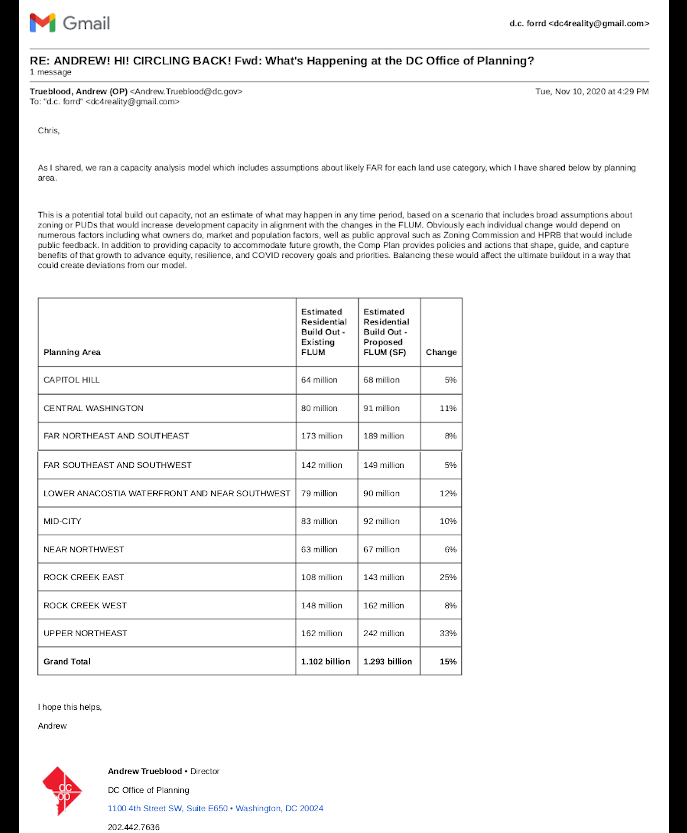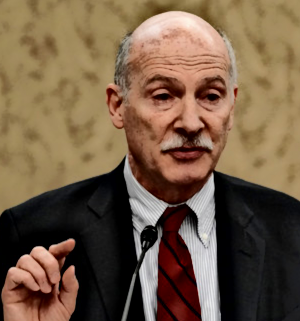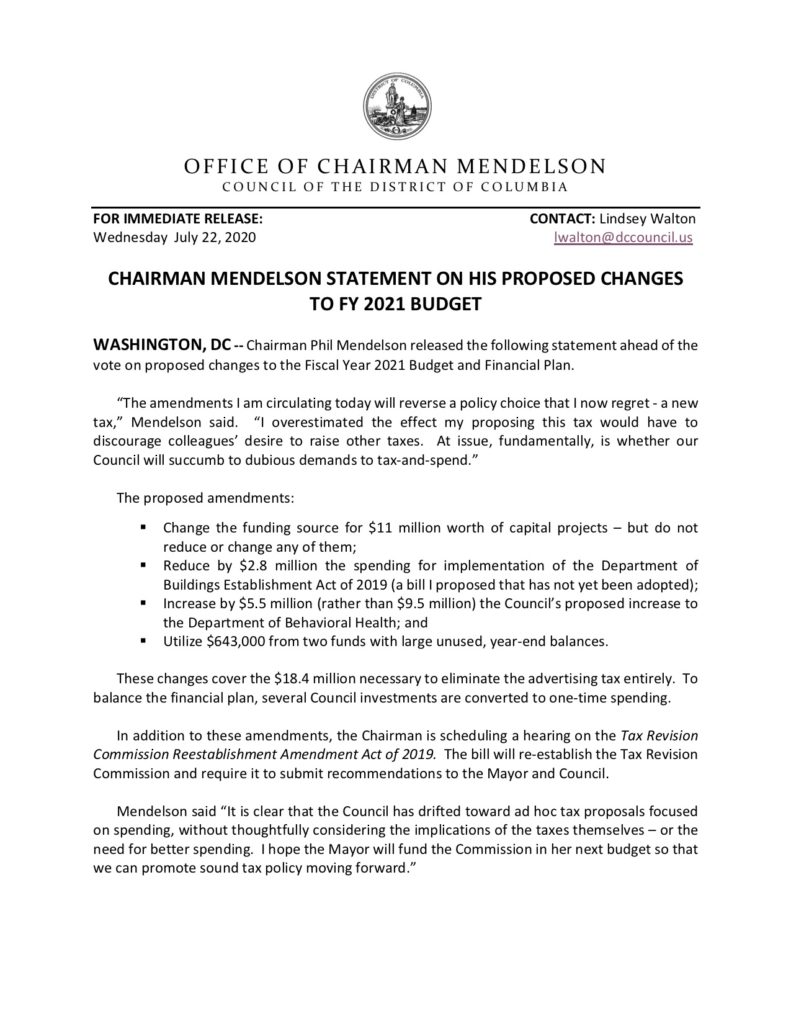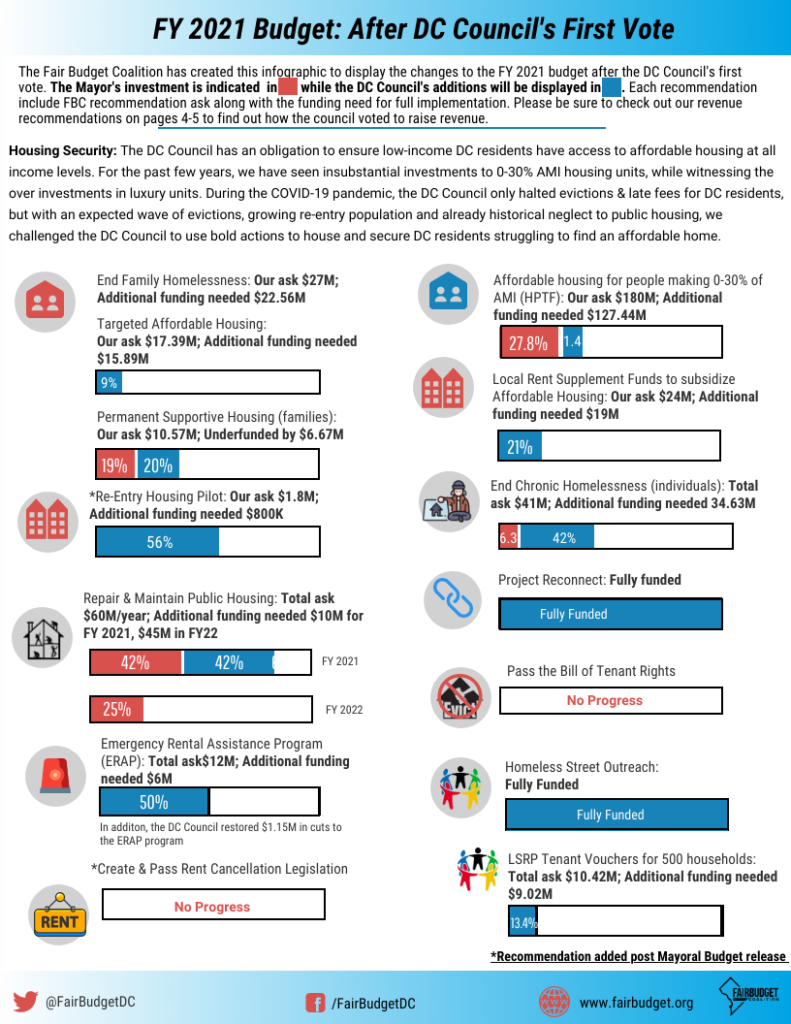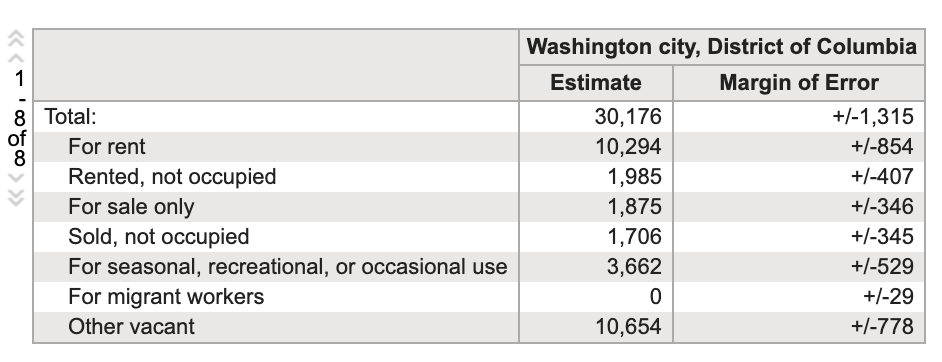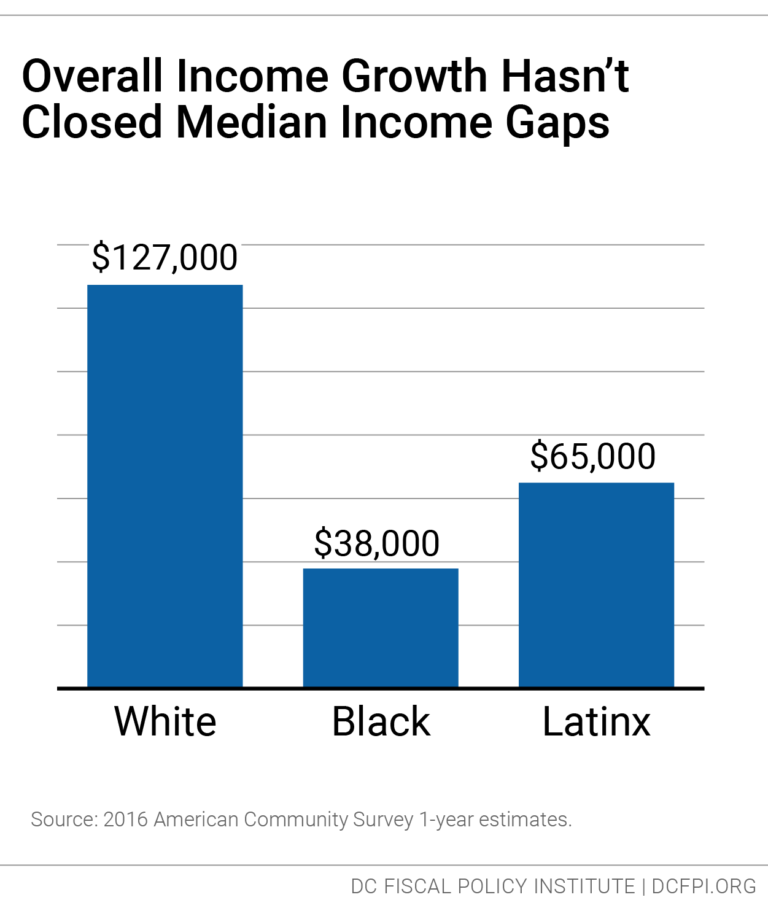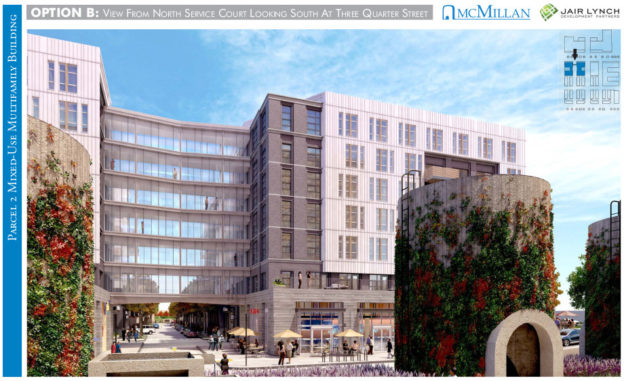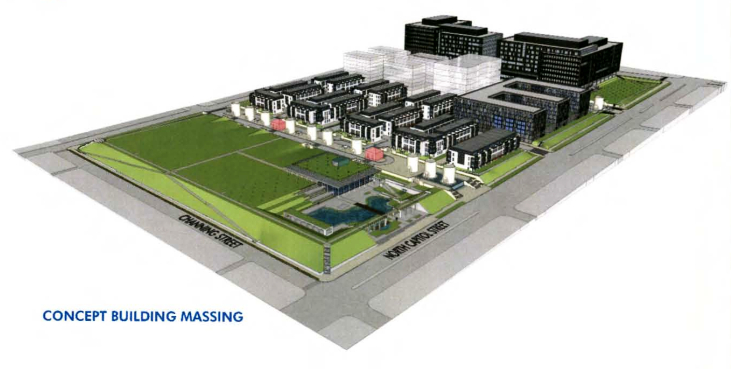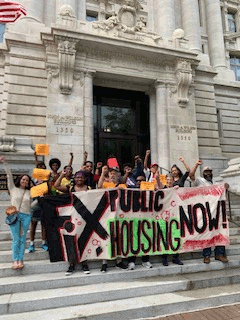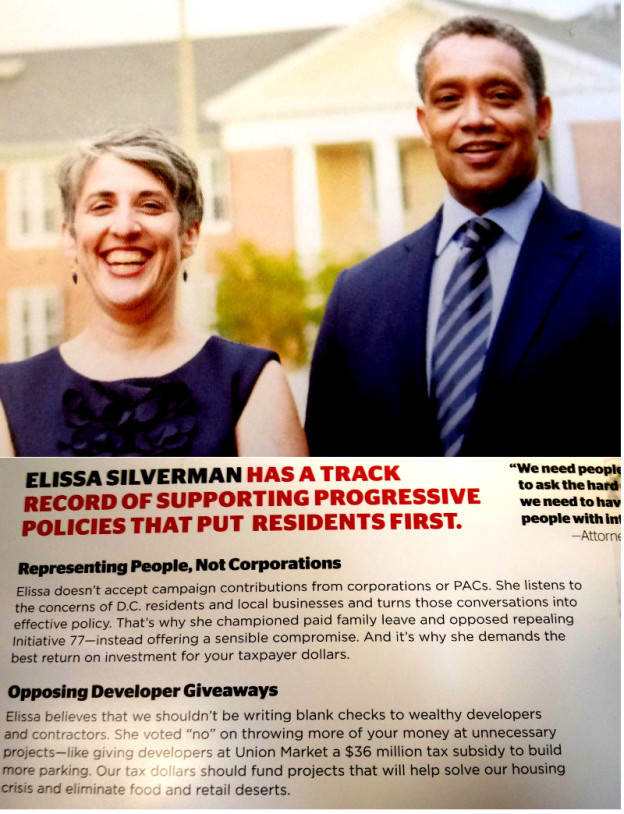“Urbanists” are assailing a new project about gentrification that incorporates the views of the streets in communities undergoing displacement. Here’s the project.
In examining the criticism of this new gentrification-analysis (a project, not a study) by students at the University of California Merced, we see several key aspects of the “urbanist” take on development of major cities in the US:
- Pushing a dogmatic belief that building more market-rate studio and one bedrooms will trickle down housing costs and this “filtering” effect is the key way to get past a decade-long housing crisis.
- Fostering ambivalence in municipal planning that eschews substantial permanent impacts that more development has on existing neighbors and neighborhood services such as a need for increased schools, libraries, clinics, parks, transportation, utility infrastructure, etc.
- Believing that a #BuildMore housing policy (even if its largely expensive studios and one bedrooms) doesn’t need to take account of the resultant displacement of communities of color. That is, smart growth means having an absolute ambivalence to witnessing Black and Brown neighbors getting displaced and replaced by whiter new neighbors in almost all major US cities.
- Possessing a monolithic cultural approach to reshaping cities in that all people — newcomers and existing residents alike — are expected to squeeze into untested development paradigms. That is, the desire to live with more neighbors is paramount to all other planning considerations especially if these new neighbors are whiter and able to afford significantly higher housing costs in much smaller unit sizes, and can afford expensive food, coffee and beer, appreciate yoga, and have a small dog.
IN SERVICE TO THE REAL ESTATE INDUSTRY
The critique of the Street View gentrification project indeed has some merit as for it’s limited data scope and subjective definitions.
However, if you are going to slam a qualitative look at gentrification and ignore the quantitative studies and real results of the overarching #BuildMore planning policies that this student project is based on, then you are acting in service to displacement. See the studies below.
For example, how about the data sets used to support the $1Billion Washington, DC gentrification lawsuit on behalf of longtime Black DC residents and families. The fact that real world data like that demonstrated in this critical lawsuit isn’t being incorporated by “urbanists” in their policy analysis & advocacy is quite telling, perhaps even a dog whistle.
Choosing to cherry pick and attack the one limited Street View project and then not openly assail existing harmful public policy that is actually driving our neighbors out of our longterm homes only helps propel real estate speculation and the developers bottom-line. Is that what you really want to do?
KEY STUDIES SEEMINGLY IGNORED BY CITY PLANNERS & URBANISTS
This study shows a feast or famine situation with government investments in our communities, and “[H]ighlights how gentrification and cultural displacement have unfolded in American cities, while many low-income small towns and rural neighborhoods remain starved of investment.”
A Governing report says, “Neighborhoods gentrifying since 2000 recorded population increases and became whiter, with the share of non-Hispanic white residents increasing an average of 4.3 percentage points. Meanwhile, lower-income neighborhoods that failed to gentrify experienced slight population losses and saw the concentration of minorities increase. They have also experienced different economic fates: Average poverty rates climbed nearly 7 percent in already lower-income tracts that didn’t gentrify, while dropping slightly in gentrifying neighborhoods.”
Blavity & Buzzfeed: “A new study … shows an increasing rate of Black residents are being driven out of neighborhoods in the U.S. According to the data, Oakland, Washington D.C., Atlanta, New York City and Baltimore are among the cities that are especially impacted by gentrification.”
This 2000-2010 study says, “Washington, DC, residents don’t need census data to tell them what’s obvious in their neighborhoods: the city is changing dramatically. But numbers can give us context. They can show us how shifts in population are reshaping the city and can help us prepare for changes to come.”
The LegalAid society interprets recent a key displacement study, “Cultural displacement happens when there is “a rapid decline” in the number of minorities in an area as “white gentrifiers replace” minority residents. Both gentrification and cultural displacement have left a powerful imprint on DC over recent years.”
To the public investment issue, “So where do upwardly mobile creatives go as they begin to get priced out? They seek less expensive neighborhoods, where the cycle of displacement continues. “Now, people are looking at Anacostia like, ‘Oh, this is a place to come,’” Aristotle Theresa said. “And so, now the government starts injecting capital into the area, when they didn’t before.”
WaPo analysis, “Low-income residents are being pushed out of gentrifying neighborhoods at the highest rate in the country. The neighborhoods that have experienced the largest outflow of low-income residents, according to the study — places such as Logan Circle, Petworth and Columbia Heights — have an average walk score of 82.5 and an average transit score of 74.5.”
Non-profit Quarterly comments, “The displacement numbers seem low, but the authors used fairly narrow definitions of gentrification and displacement.”
WJLA: Local Small DC Business also getting crushed under gentrification. “When you invest in a place without investing in the people, what happens is you’re displacing people,” Jesse Van Tol, CEO of the National Community Reinvestment Coalition (NCRC).
Georgetown Voice: “Gentrification isn’t just about the proliferation of pricey salad shops and craft breweries. According to a 2019 study, gentrification in D.C. has pushed more low-income residents out of their homes than almost anywhere else in the country. Between 2003 and 2013, 20,000 black residents were displaced from D.C.”
How about this study (from 2015) that defines gentrification not on a street view but on “a [census] tract’s median household income and median home value.”
Despite saying Gentrification is “beneficial” GGW cites studies that say, “A neighborhood out-mobility rate increase of a few percent on average, across gentrifying neighborhoods in the whole country, can mask what’s happening at the hyper-local scale. In certain neighborhoods, out-movement through displacement, whether direct or indirect, has likely been much higher.”
“In the District of Columbia, low-income residents are being pushed out of neighborhoods at some of the highest rates in the country, according to the Institute on Metropolitan Opportunity, which sought to track demographic and economic changes in neighborhoods in the 50 largest U.S. cities from 2000 to 2016.” https://housingis.org/resource/gentrification-dc-means

